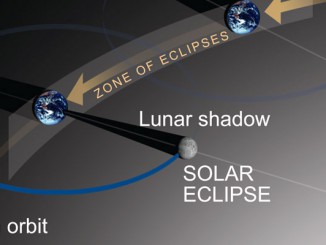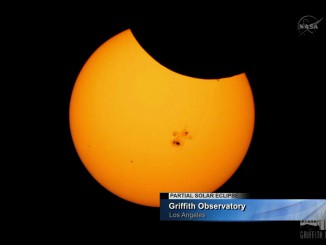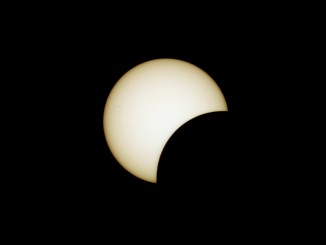
partial solar eclipse

Observing

Picture This
Visualising the 9 March total solar eclipse
The total solar eclipse of Wednesday, 9 March 2016 is of relatively long duration — 4m 9s at greatest eclipse — which occurs at 1:57 UT. Totality is visible from Sumatra, Borneo, Sulawesi and the North Pacific Ocean, while the partial phases can be seen from East Asia, Australia and the Pacific Ocean. See the event unfold in these new NASA timelapse visualisations.

Video

Uncategorized

Eclipse

Uncategorized

Uncategorized

News

News
